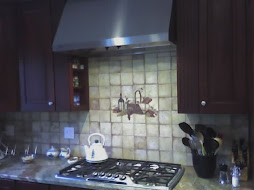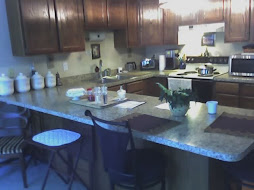
Retaining walls are can be beautiful or utilitarian. Materials choice matters.
By Raymond Alexander Kukkee
It's bright and sunny outside, and time to cut the grass again. You cut the side yard first, perfectly and evenly with the mower, and then look at the long grass in the back yard with trepidation. It is lawn that is far too steep and the soil is precariously eroded from endless water runoff. It is impossible to cut the grass safely with a lawnmower, so you haul out the weed whacker and start giving the treacherous area a tedious, crude haircut one more time.
You know you need a retaining wall but have procrastinated in building one, for the cost of manufactured, interlocking concrete stones commonly used to construct retaining walls is too high for your budget..
How can you build an inexpensive retaining wall?
The answer may be to build a retaining wall with railroad ties.
Where can you get railway ties?
Railroad ties, also called cross ties, are creosoted or chemically treated timbers that have been historically used to lay railway track all the way across North America. The treated wood ties resist decay for years but are eventually replaced as a matter of safety. Replacement may be with new timbers or the increasingly common concrete rail bedding ties. The replacement program has left millions of used and unused railway ties, switch timbers, and other large creosoted timbers available for other purposes including landscaping.
To find a source of railway ties, ask at your local building supply, landscapers, building contractors, or your nearest rail yard.
* Incidentally, do NOT feel free to help yourself to piles of ties you may happen to see along the railway tracks. Trespassing on railway property is both illegal and dangerous.
Buy railway ties from reputable contractors that often have contracts to legally remove hundreds, even thousands of ties at once, and do stockpile them for sale. Expect to pay higher prices for better quality timbers...
copyright 2009 Raymond Alexander Kukkee - reprints available upon request
______________________________________________
For a fantastic, in-depth look at your retaining wall options, please visit Raymond Alexander Kukkee's Zone, Retaining walls and how to build them. Thanks to Raymond for the photo shown with this article.
See this article as it appears on Helium.com
Read our previous article about building concrete or cinder block retaining walls.
We're collecting pictures of retaining walls that failed. Got one? Leave a comment here, or reach me via email.
+edit.jpg)









.jpg)
